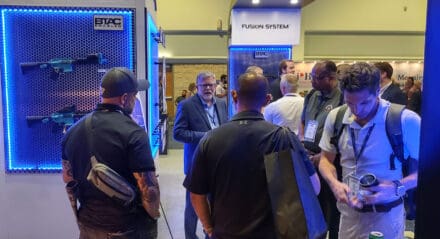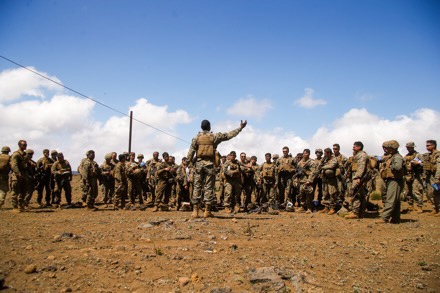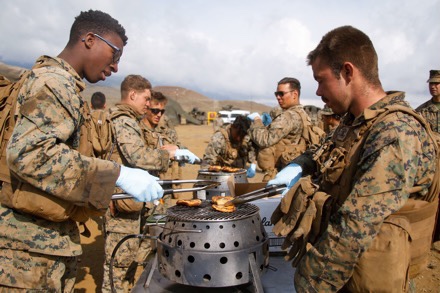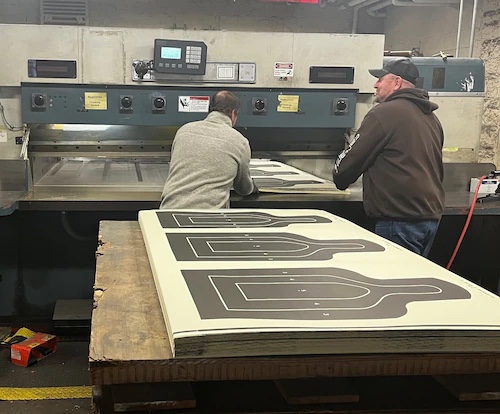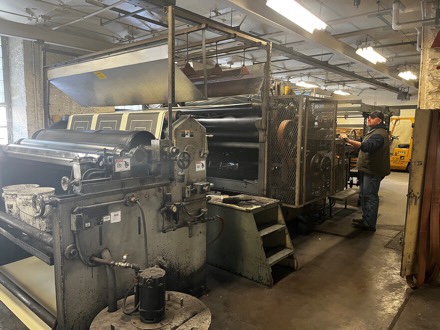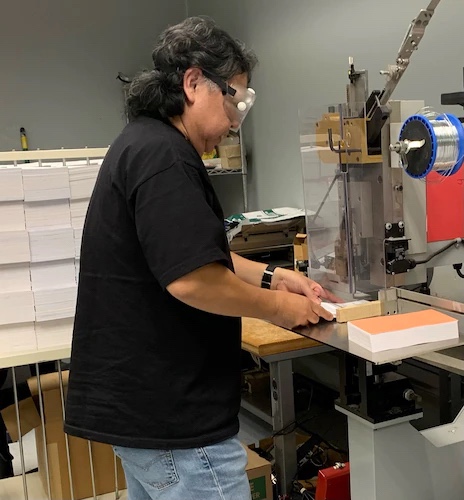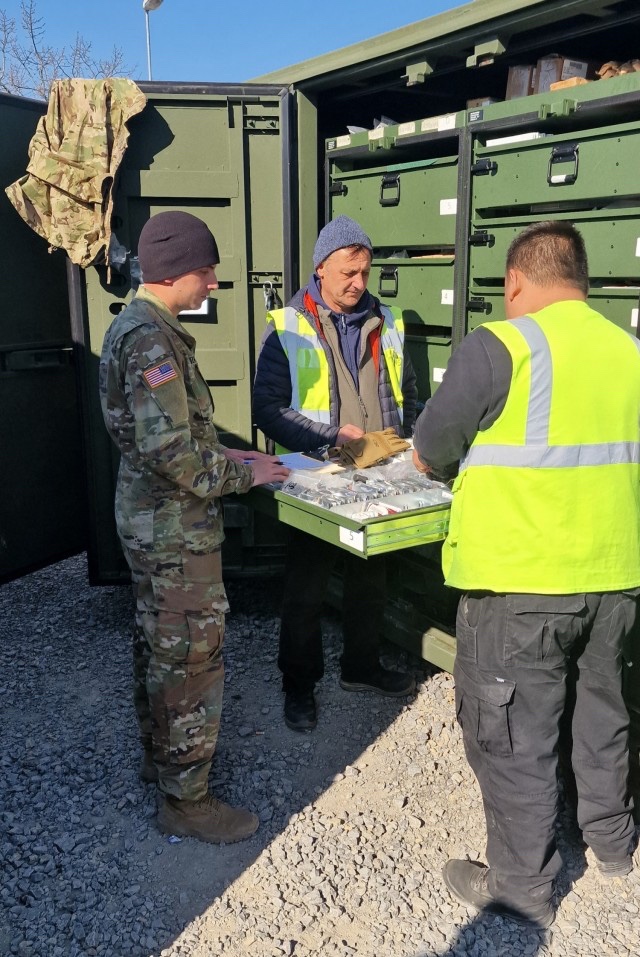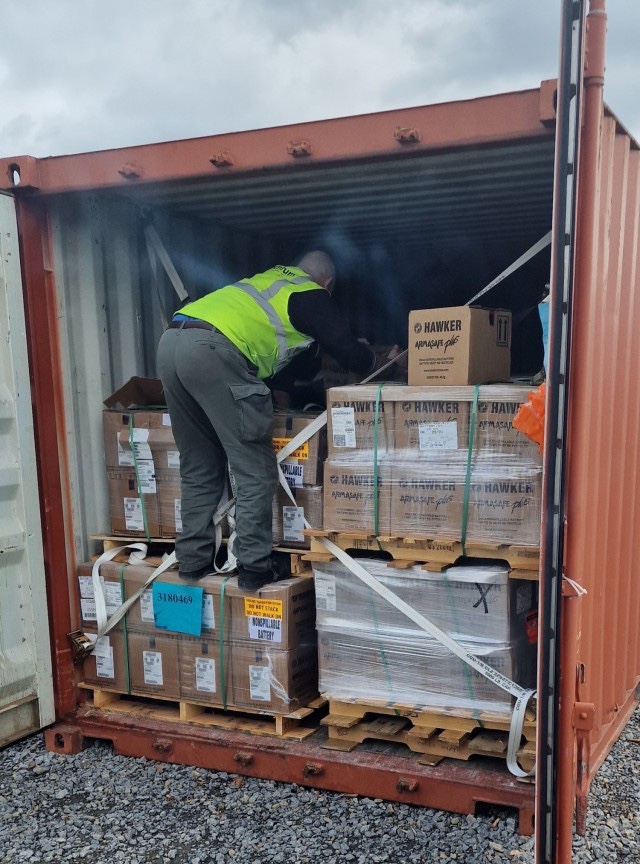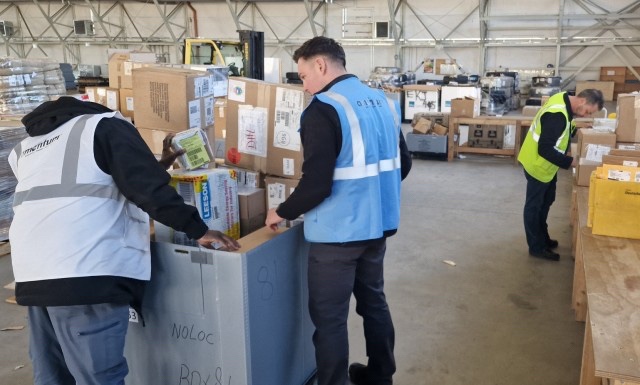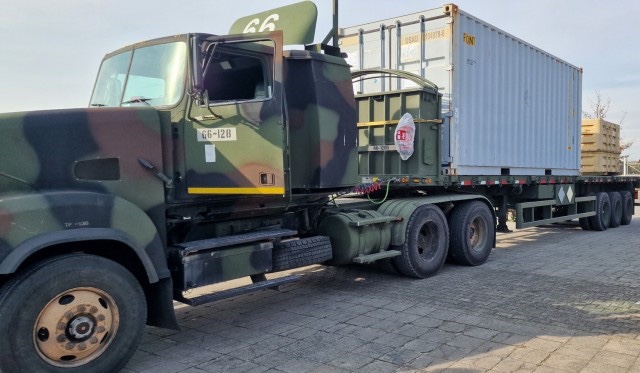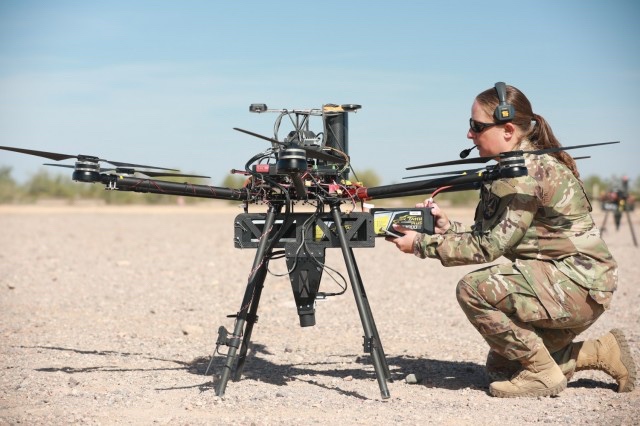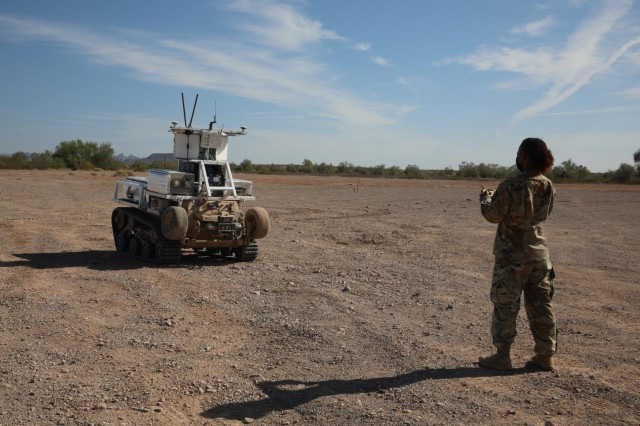
SOFWERX, in collaboration with USSOCOM’s Directorate of Science and Technology (S&T), will host the sixteenth Innovation Foundry Event (IF16), 20-22 August 2024, in either Lexington KY, or at SOFWERX in Tampa, FL, (final determination will be made by the end of June), which intends to bring together Special Operations Forces (SOF), industry, academia, national labs, government, and futurists in an exploration, design thinking, facilitated event to assist USSOCOM in decomposing future scenarios and missions.
The theme of IF16, ‘Contested Logistics in Future SOF Operations’ will explore the challenges of resourcing parts, components, and supplies at the point of need for the untethered SOF operator.
The future of warfare demands innovation in supply and sustainment capability to keep pace with large-scale, multidomain combat against peer adversaries. The intensity of future conflicts may lead to rapid depletion of stockpiles and resources, and deployments to remote locations far from established supply hubs will necessitate unconventional solutions for resupply, local procurement, and point-of-need production. This presents new challenges and opportunities for SOF in addressing strategic-to-tactical distribution and supply gaps for the untethered operator. Predictive logistics, real-time needs assessment, advanced manufacturing, energy independence, maneuverability, standardization, safety, and quality assurance will all require novel approaches. The confluence of domains and environments – and the speed and precision demanded of SOF operations – further amplify these challenges.
To tackle these problems SOF and SOF Supporting Activities will need to further study:
• A vision for the future challenges posed by contested logistics.
• Understand and mitigate the risks and vulnerabilities of contested logistics.
• Plans and policies to enable operational advantage and exploit dual-use capabilities in a contested logistics environment.
• Capabilities to understand and characterize adversarial actions in contested logistics.
• New concepts of operation to operate in a range of heavily constrained contested logistics scenarios.
• Recruit and train for the skillsets required to operate in future contested logistics environments.
In this effort, S&T is working with the Program Executive Office for Special Operations Forces Support Activity (PEO-SOFSA) and the Expeditionary Support Program Office.
S&T has developed and refined a unique process, the Innovation Cycle, to engage technology pioneers and leaders, and to discover and develop high risk, innovative, and disruptive technologies for future on-boarding. The Innovation Foundry is the first event in the Innovation Cycle and is the idea generation phase. It will be followed by a Rapid Capability Assessment (RCA) to develop capabilities, and Integrated Technology Sprints (ITS) to demonstrate proofs of concept.
If you are an expert in any of the following areas of interest or in related fields, please consider participating in IF16:
• Advanced energy systems
• Advanced materials
• Additive manufacturing
• Artificial intelligence
• Autonomous systems
• Electrical engineering
• Hybrid manufacturing
• Industrial engineering
• Infrastructure
• Inventory management
• Large-scale, multi-material, and smart 3D printing
• Logistics
• Machine learning
• Machine operations
• Manufacturing
• Material science and engineering
• Mechanical engineering
• Modeling and simulation
• Precision manufacturing
• Production engineering
• Prototyping
• Robotics
• SOF operations
• Supply chain management
• Sustainment
• Textiles
• Welding
Deliverables for the IF16 event will include preliminary capability concepts targeting the defined problem areas which may impact SOF forces and operations in the 2030 timeframe. These preliminary capability concepts will be developed further in a follow-on RCA event.
Submit NLT 05 July 2024 11:59 PM ET.
Further details here.


